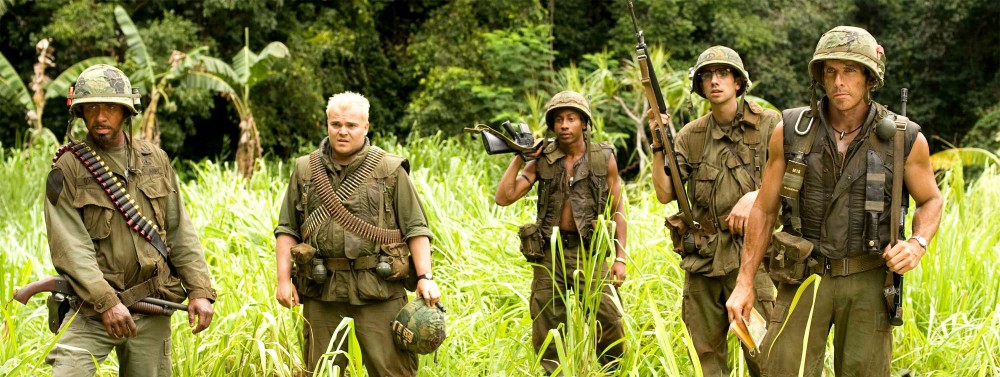Koyaanisqatsi. 1982. Coppola. Reggio.
http://www.imdb.com/title/tt0085809/?ref_=nv_sr_3
If you don’t know how enmeshed technology has become in human existence and culture, then you probably haven’t been alive in the past hundred years. Even if you live in the middle of the Jungle, you can find an episode of Seinfeld being played. In the poorest cities of the poorest nations, the constant endeavor is for ever increasing levels of technology. Whoever has the tractor dominates those who plow with their hands. Whoever has a gun dominates those with only their fists…
If somehow you still haven’t realized this, or you just need a little reminder, watch Koyaanisqatsi. Even though it was made in the early 80s, this film produced by Francis Ford Coppola and directed by George Reggio is timeless in seeking to “wake up” humanity to what its really getting into by incorporating technology into all aspects of our lives, which it greatly achieves by the end of your 86 minute journey.
Koyaanisqatsi (Reggio) is a film made in 1982 in the form of Soviet-Montage editing, which allows that it not only evokes the emotional agitation inherent it this editing style, but also effectively conveys the chaos that has come with the introduction of technology to the human culture and the non-human environment.
Similarly, the comparison between Koyaanisqatsi and Soviet Montage editing is congruent with the comparison-type editing between seemingly unrelated things. For example, the consistent comparisons between technology’s domination of the environment rendering the environment as a technological organism, much like what has become of humanity throughout the film.
Ultimately, if you want or need a reminder of how enmeshed we all are in technology, and technology is in us (not only in our individuals, but our communities and entire societies). Koyaanisqatsi does an incredibly effective job of opening the viewers eyes to these issues, which places it in a combination between Soviet-Montage-style editing, city symphonies (in the form of “technological-city transformation” cities), and the documentary style of opening the viewers mind to something we might not normally acknowledge. You must see this movie if you the essential comprehension technology’s domination of humanity and nature.
